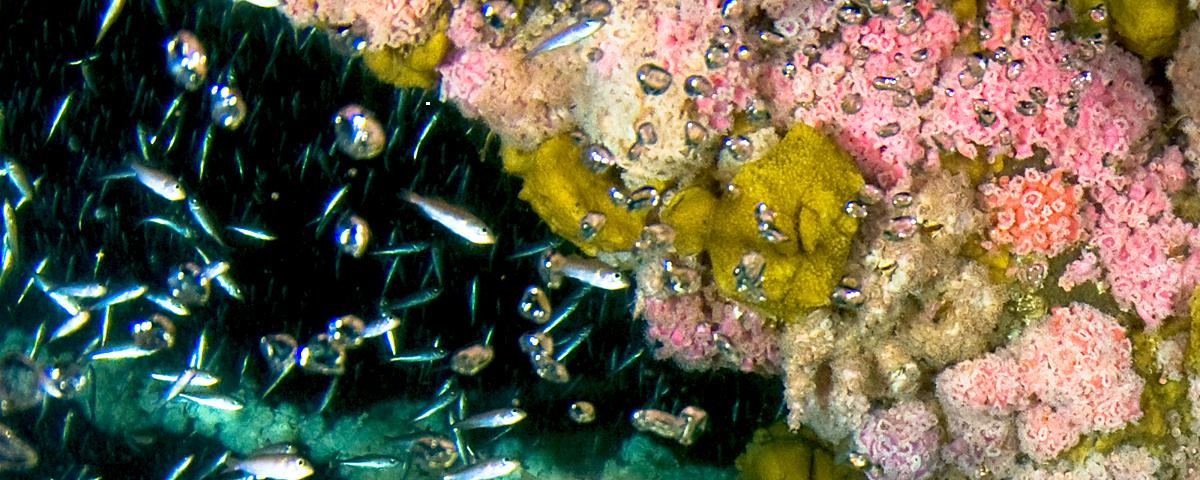Spatial scale of ecological effects associated with an open coast discharge of produced water
Abstract
Infauna close to and away from a discharge of produced water off Carpinteria. “One group, consisting of Nematodes only, achieved greatest densities at sites near the outfall, and thus appeared to benefit from the discharge of produced water…The second group, consisting of echinoderms, larval crustaceans, nemertean worms and several polychaete families, exhibited the opposite pattern and achived greatest densities at sites farthest from the outfall. The third group included bivalves, two classes of crustaceans (Ostracods and cumaceans), and two polychete families (Capitellidae and Spionidae) and exhibited a mixed pattern in which densities were generally positively associated with percent organic matter, and possibly more abundant near the outfall. The fourth group exhibited no discernible pattern with distance from the outfall or percent organic matter and included Glycerid polychaetes, gastropods, and all other crustaceans….”

